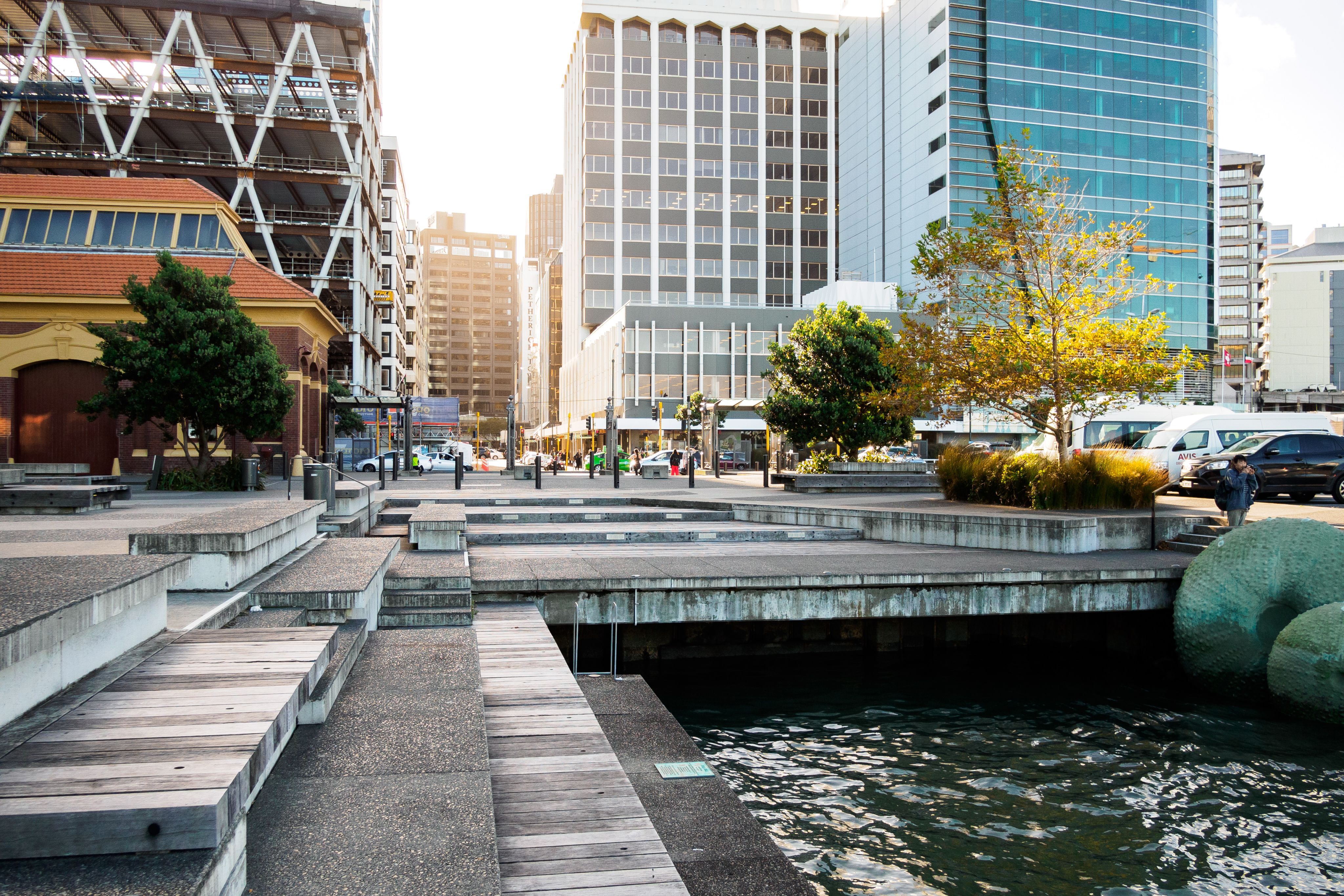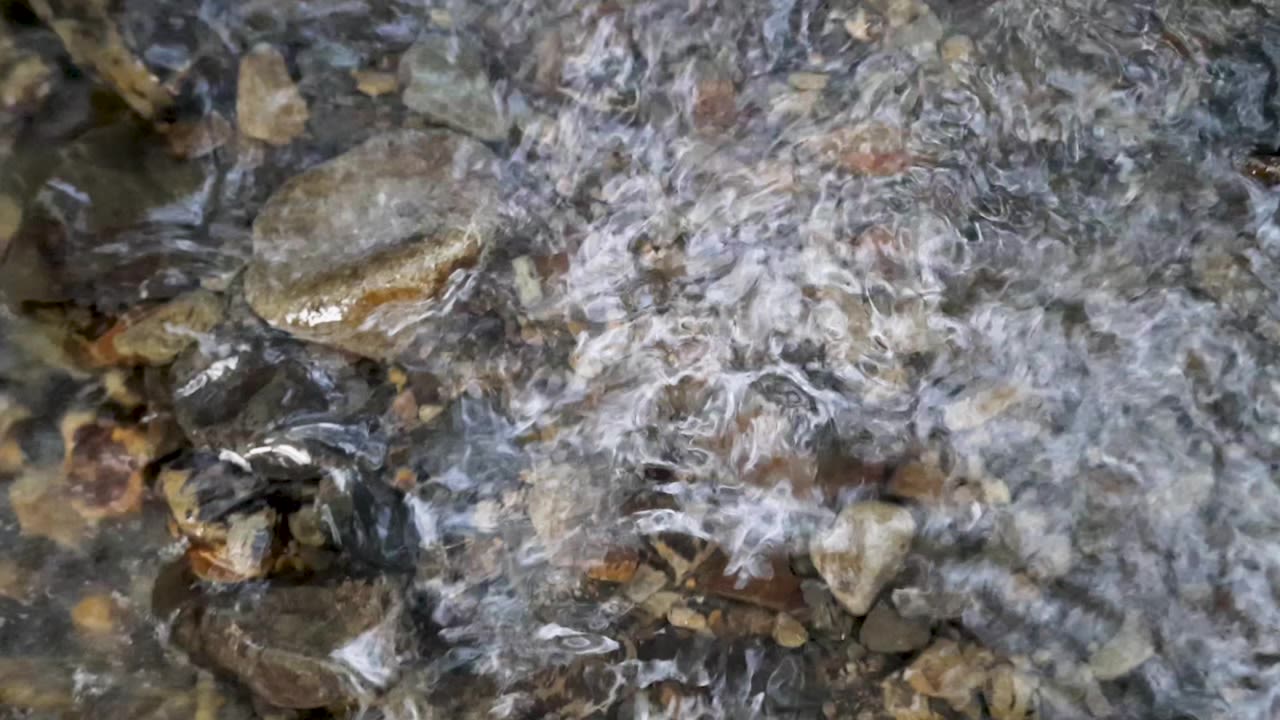Kumutoto
Wāhi Tūpuna
Kumutoto has recently been recognised as a Wāhi Tūpuna on the New Zealand Heritage List Rārangi Kōrero. Kumutoto (List no. 9078)
Scroll to Begin
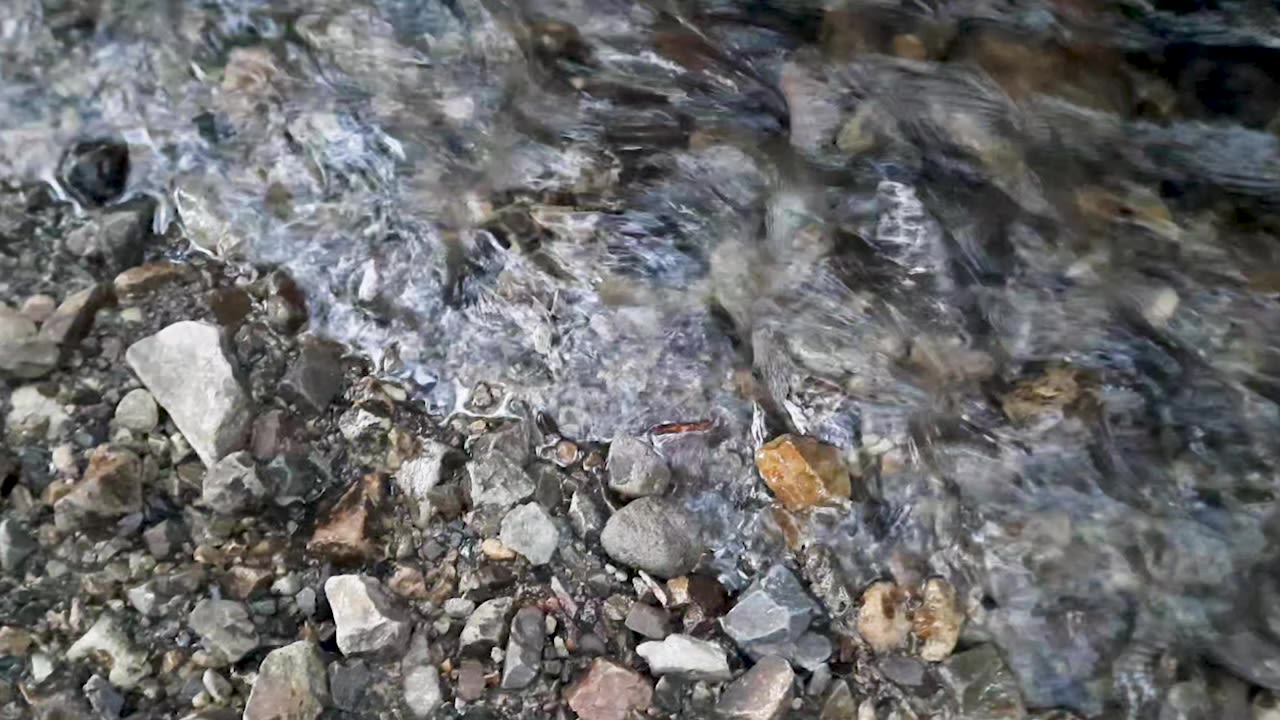
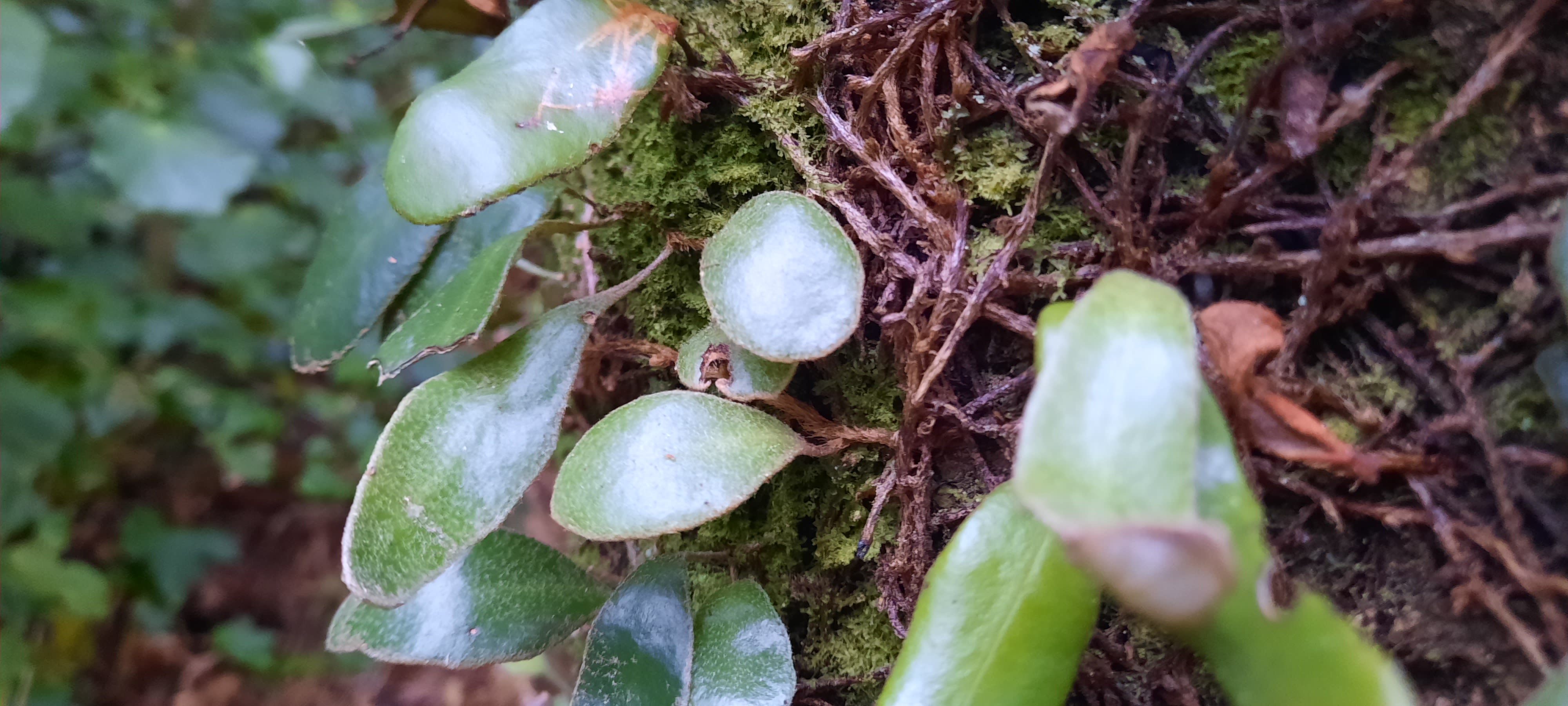
A small but significant awa runs through a green city forest
Kumutoto awa is a small but significant stream which flows from Pukehinau Ridge, behind Te Herenga Waka-Victoria University of Wellington down through the city to the Harbour.
Most people don’t even know it exists, because almost all of the awa is hidden underground in darkness.
The only place you can see Kumutoto stream is inside the Kumutoto Forest in Kelburn.
Here native fish like kokopu and koaro and perhaps even tuna (eels), still swim in the waters. Wild birds including native kākā, tui and piwakawaka live here or visit to find food. Their voices fill the little forest with chatter and song.
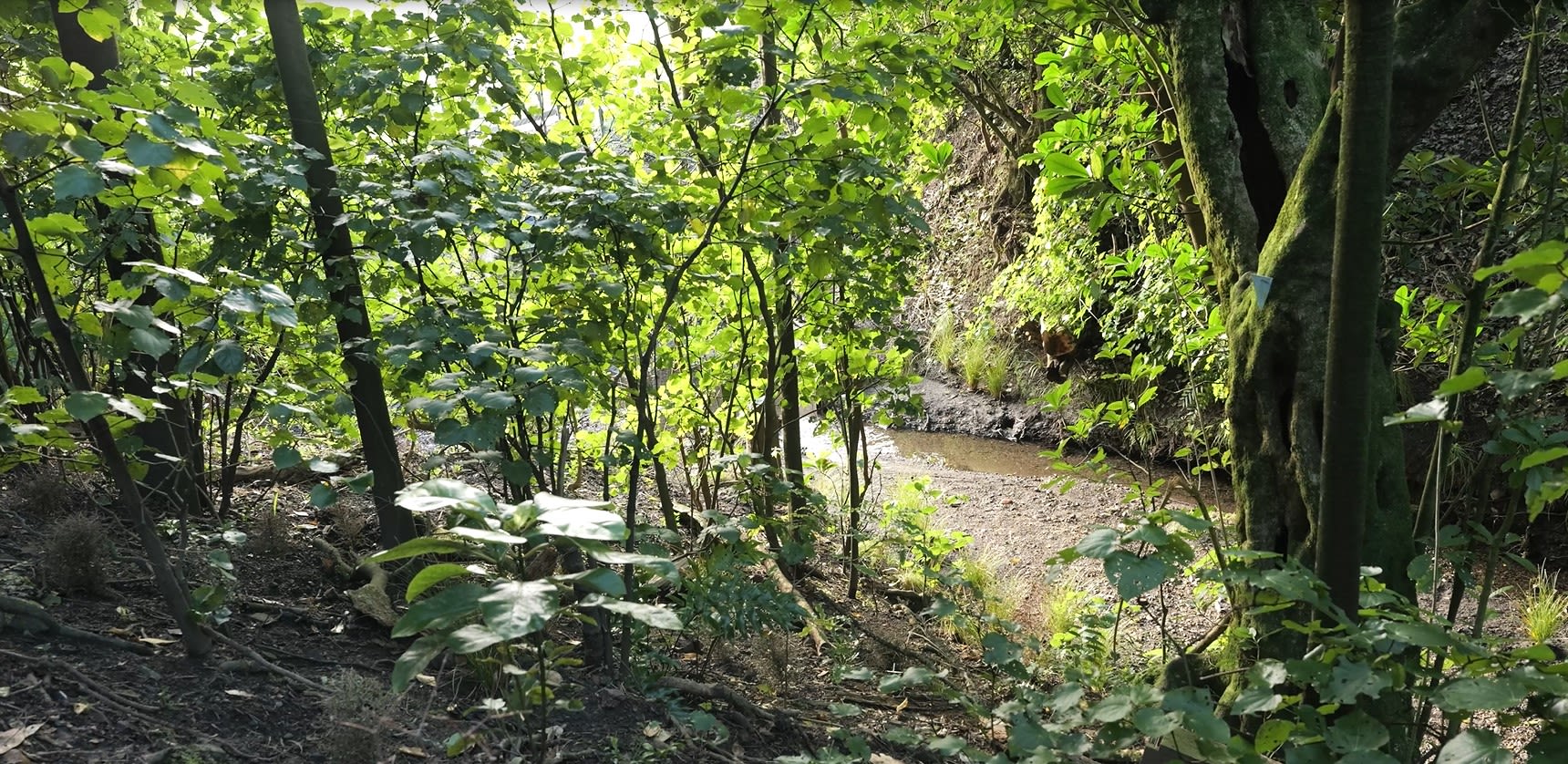
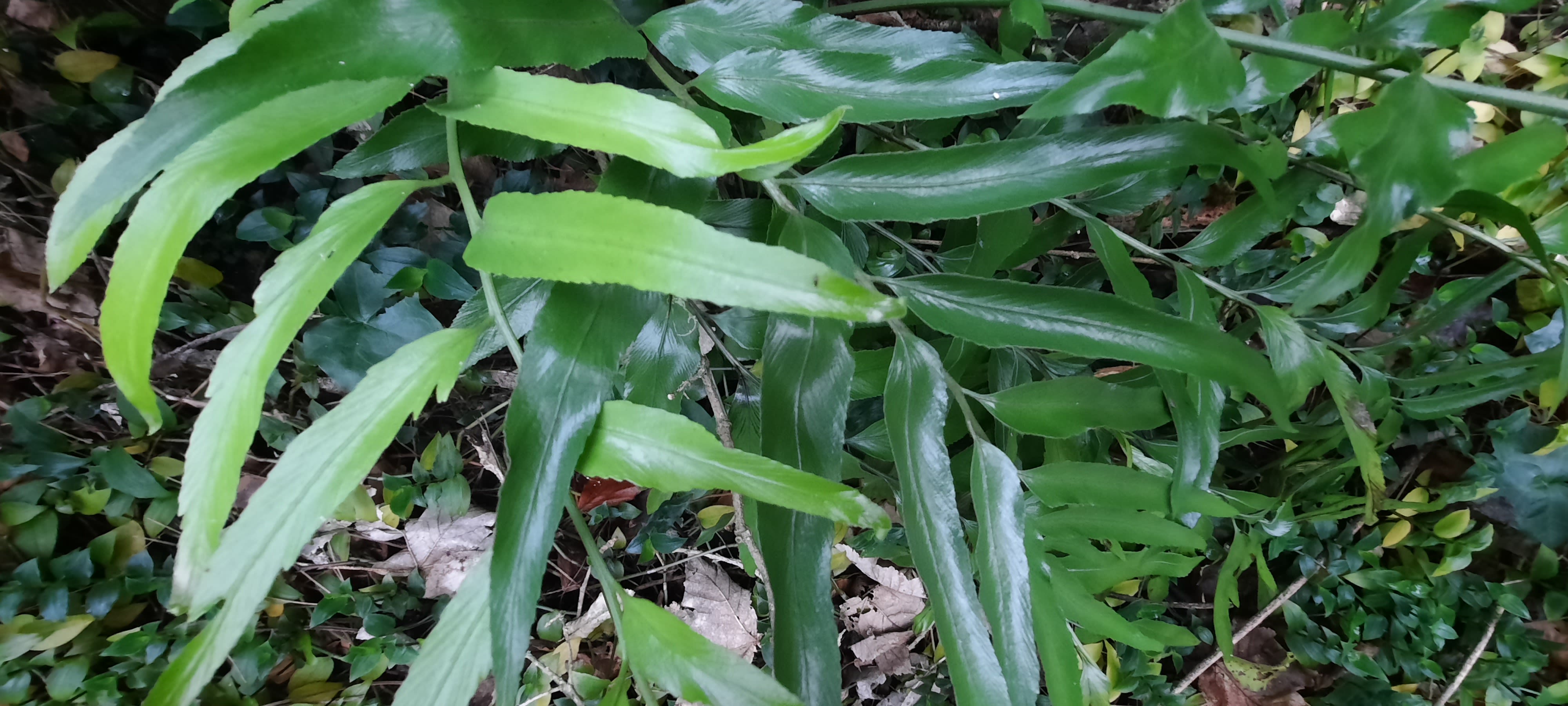
Kumutoto Pā
Long before there were tall buildings and busy roadways, the people lived in ways that were closer to te taiao (the natural environment). They used their knowledge of seasons, tides and the stars to guide them in their daily lives.
In 1824 Ngāti Mutunga and Te Ati Awa tūpuna (ancestors) who migrated here from Taranaki, set up Kumutoto Pā at the old place where the awa ran into the habour. They fished and gathered kai moana (seafood), grew crops and harvested tons of harakeke (flax) which they traded with European merchants and settlers.
Walk the pathway of Kumutoto awa by following the signposts and learn about this ancient stream that still runs beneath the streets of busy Wellington City.
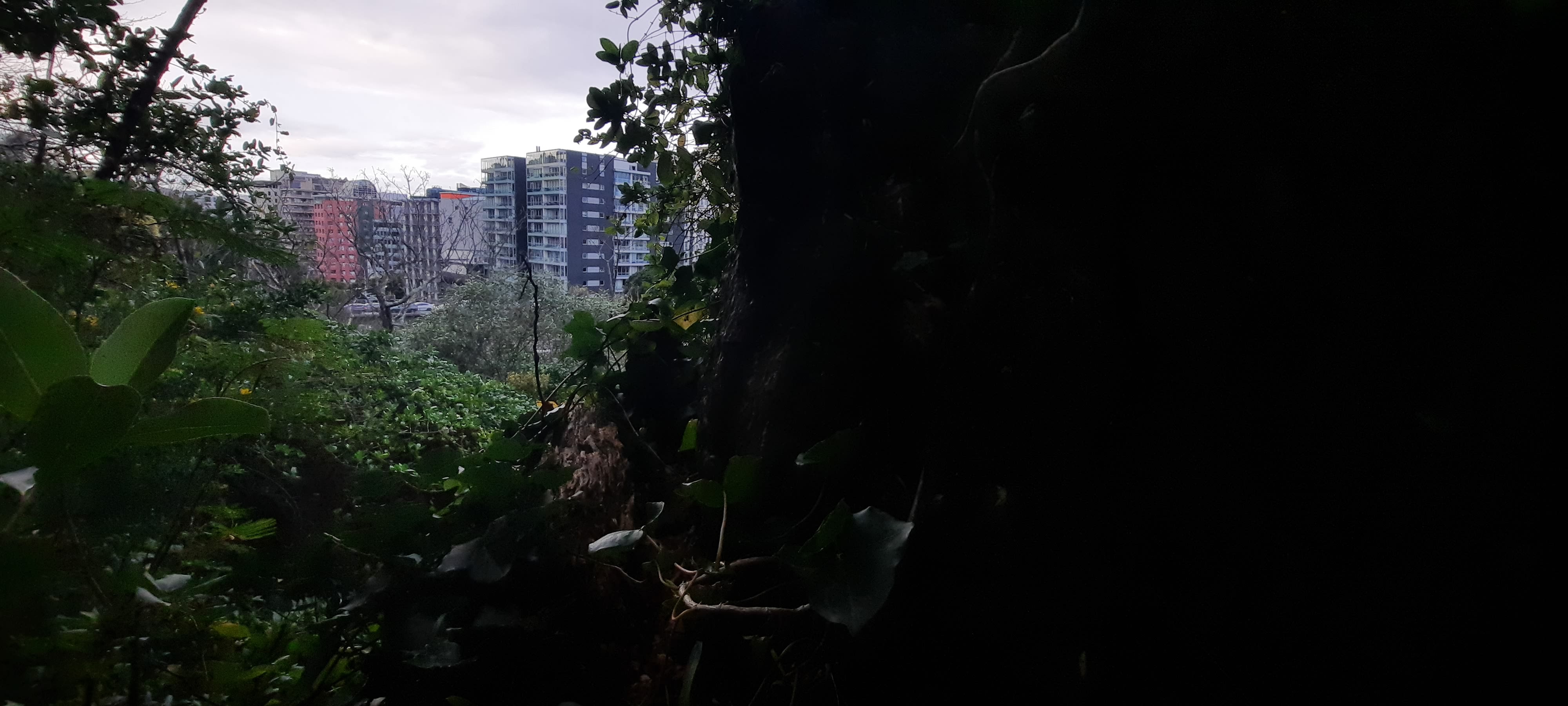
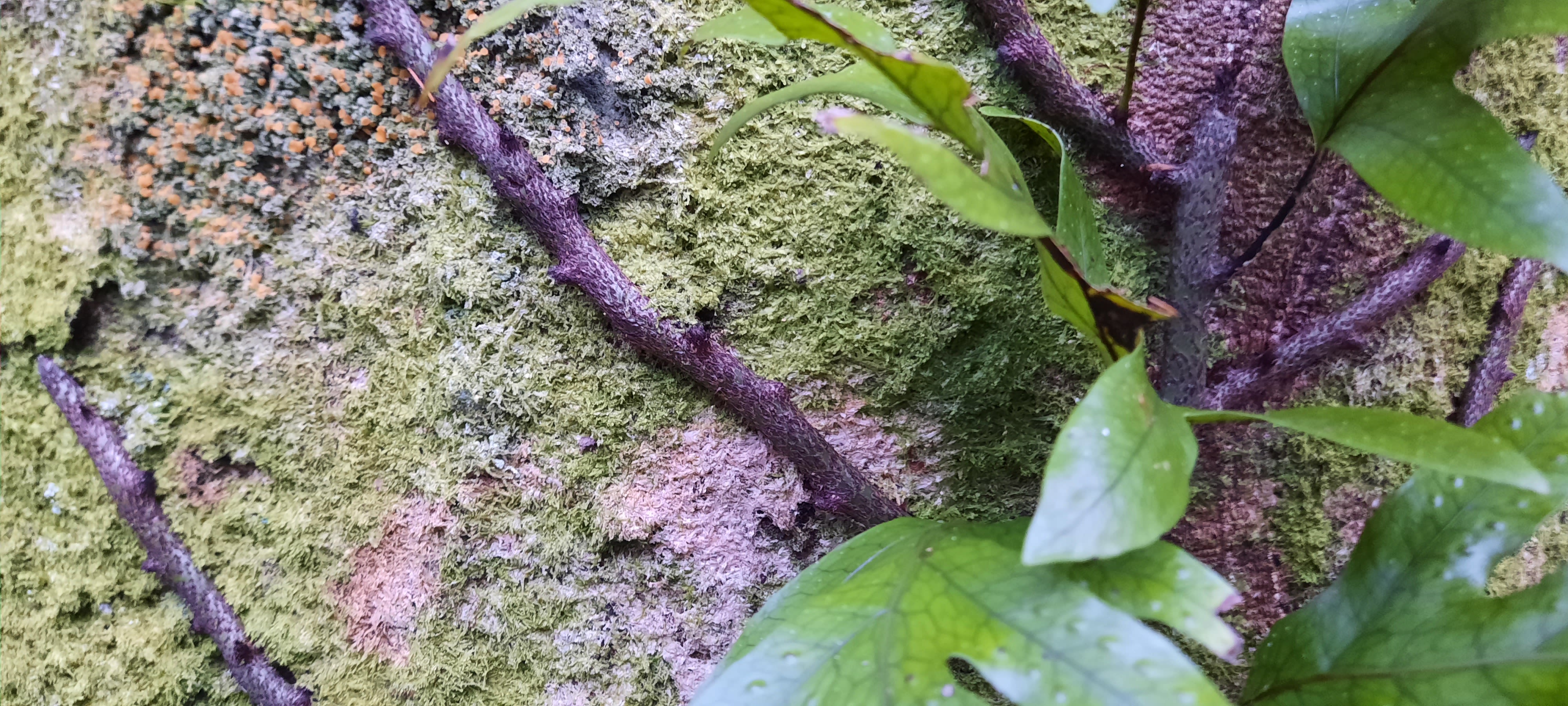
Kumutoto Plaza
There is nothing left of Kumutoto Pā except old records and shared stories. On Woodward Street where the awa still runs underground towards the harbour, there was a special place, a birthing stone. Babies were born here, and their mums bathed afterwards in the awa.
Nearby there was a beach at the end of what is now called Woodward Street, but after an enormous earthquake in 1855 so much land was lifted up that people built roads and buildings here.
The awa finally ends at Kumutoto Plaza on the waterfront. Here by the huge Kina sculptures, the fresh water mingles with the sea.
Dr Dennis Ngāwhare wrote a report about the Kumutoto Pā, awa and the people who lived here. The report explains the importance of this place to the history of Wellington. Kumutoto is now on the New Zealand Heritage List/Rārangi Kōrero #9078.
